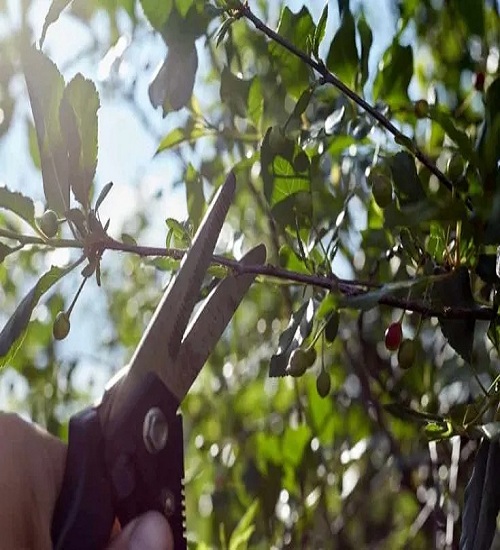While some gardeners dread it, others look forward to the routine and time spent with their plants that this time of year brings. Although opinions may vary, pruning is a crucial part of garden maintenance.
There are so many factors to consider that making a mistake is pretty easy. If you’ve made any of these 10 common errors, know that you’re not alone. It’s not uncommon for even expert gardeners to make these mistakes. Fortunately, they’re also quite simple to avoid.
Using blunt equipment
Many amateur gardeners, and even some experienced gardeners, make the rookie mistake of starting with blunt tools.
To begin, it’s really challenging to work with blunt shears. They aren’t precise cutters, so you’ll need to use more muscle and finesse to get the job done.
Moreover, they are harmful to the plant and not worth the extra effort.
Generally speaking, pruning is done so that the plant can grow into something better, stronger, and healthier. The branch is more likely to suffer stress and stunted growth if it is cut with dull shears. These abrasive wounds take a long time to heal and can even peel the bark or stem, leaving a larger, more vulnerable lesion.
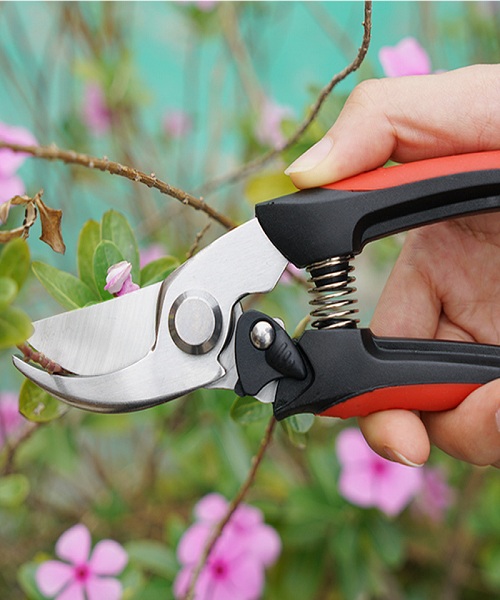
Using Dirty Equipment
Pests including fungi and bacteria are frequent in backyard gardening. They prefer to wait in ambush in a variety of unsavoury locations. Your gardening equipment shed is one of those spots.
Using the same shears on another plant after you’ve recently removed a sick limb is a surefire way to spread the ailment. It may be too late before you realize you have inadvertently spread the disease.
In addition to the safety concerns, dirty instruments are of worse quality. If you don’t properly clean and store your metal tools, they’ll rust far more quickly and lose much of their usefulness.
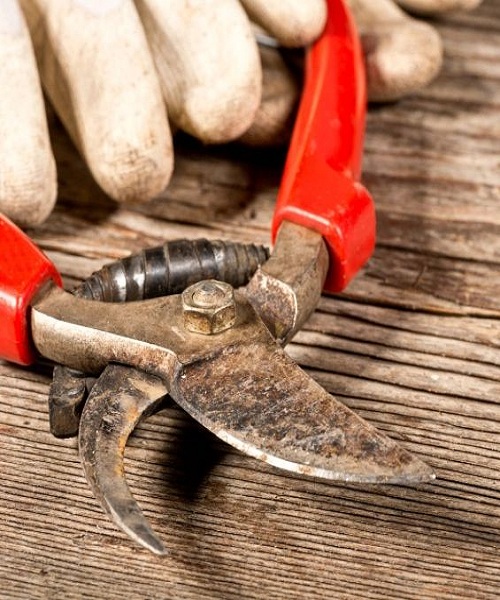
Failing to properly cut
It’s important to prune in the right places so the plant can recover normally. When it comes to pruning, this is crucial.
If a tree is cut in the wrong spot, such as too close to the trunk or too far away, it may have trouble mending and will be more susceptible to decay and disease.
Soft-stemmed plants are frequently pruned just above a leaf node. This promotes increased growth by instructing the plant to send out new shoots from the node. Cutting too near to the node might cause irreparable damage, preventing further growth. If a branch is severed too high up, fresh growth is stunted and illness is encouraged.
It’s not just about where you put something, but also the angle. Cuts made during pruning should always be at an angle so that excess water may flow away from the plant.

Pruning heavily during the growth season
When done at the incorrect time, severe pruning might stunt a plant’s growth. If a plant’s natural growth is stunted or interrupted, it could take years before it reaches its previous size.
When possible, wait until the plant is dormant to perform a severe pruning. It may not be necessary to make such a severe cut on many plants. It’s preferable to under-estimate your needs rather than overestimate them at the wrong time.
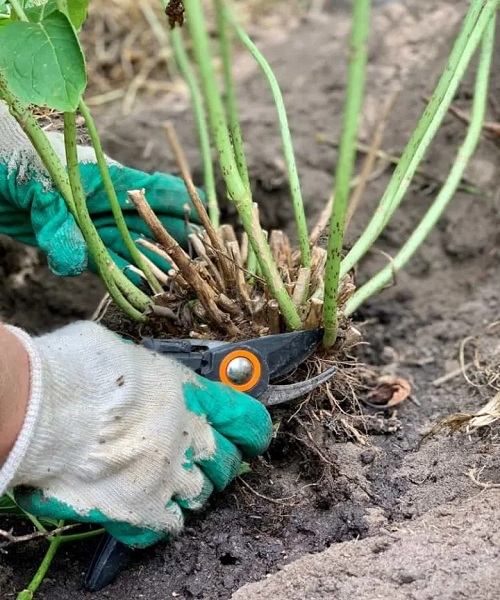
Light pruning at the end of the season
To foster new growth and branching, light pruning is performed, which may also involve deadheading flowers. This is typically carried out during the plant’s active growth phase when it will recover with the most vigor.
Pruning lightly stimulates the growth of fresh, sensitive new shoots. If you do this near the conclusion of the growing season, in the fall, the new growth you’ve nourished will be susceptible to the upcoming cold weather.
Depending on the type of plant, tender new growth is often more at risk from frost and other cold weather conditions. A plant’s growth might be stunted or even killed if this new growth rots and invites illness.
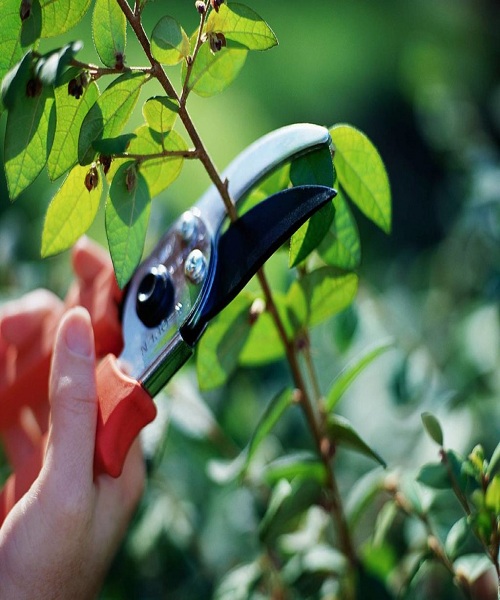
Over-pruning
The danger of excessive pruning exists throughout the year. It may be necessary to prune some plants only occasionally, while others need no such attention at all. Always consider the plant’s demands before performing any kind of pruning.
A plant that requires a significant prune is best tackled in phases rather than all at once. Leave two weeks between pruning sessions to allow the plant to heal and readjust, which will help reduce the likelihood of further issues. This process can be repeated as often as necessary, depending on the plant, to achieve the desired reduction in size.
In addition, over-pruning can cause damage to a plant during the shaping process. You could accidentally cause irreversible damage by cutting it back too far in an effort to achieve a specific appearance.
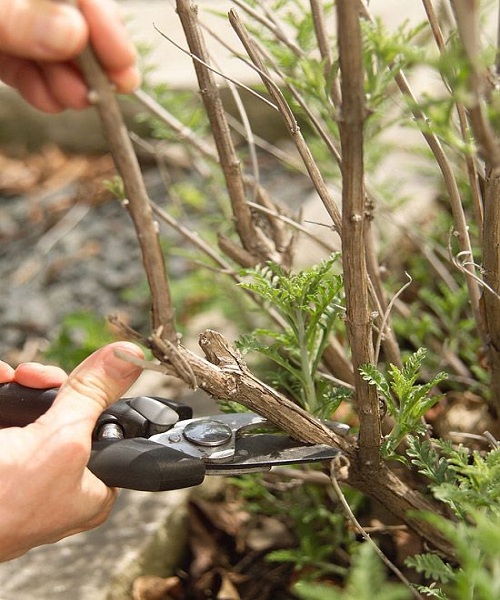
No pruning at all
Plants don’t always need to be pruned, yet doing so often helps them flourish. They do, however, require the pruning or removal of dead or damaged branches, leaves, or blooms. If these unsightly parts are left on the plant, they take energy away from the plant that could be used to grow new parts.
Insects and fungi target the weakest areas of a plant first, so regular pruning helps keep them at bay.
Unless other plants are pruned in their early phases of growth, they will not reach their full potential. This is especially true of fruit trees and vines, but it can also be applied to bushes that are grown primarily for their beautiful flowers.
Before beginning any sort of pruning, it’s important to first check the plant’s specific needs.
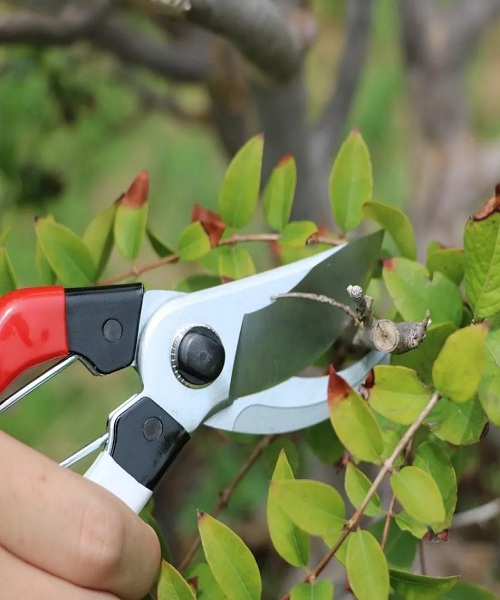
Removing tree tops
When a tree or shrub grows too large for its allotted location, it is often topped improperly. This is not a sustainable method of growth regulation and will ultimately do the plant harm.
Make sure you know how big the tree will get before you plant it, or select a shrub that can be pruned to a more manageable size.
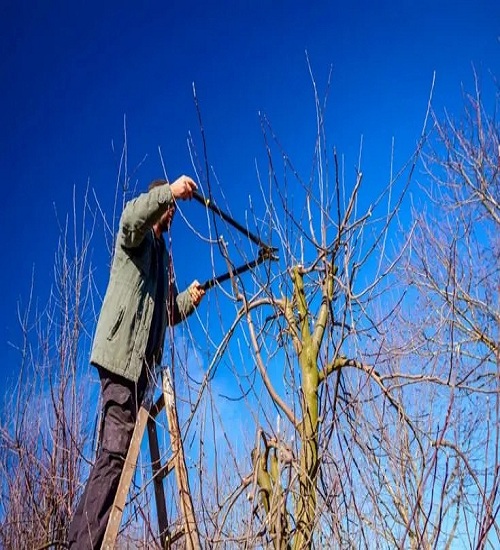
Pruning without a plan
If you prune without a plan in mind, you run the risk of creating uneven growth in your garden and stressing out your plants.
When pruning, it is important to have a goal in mind. Those who want to shrink their gardens and those who want to encourage expansion will use very different techniques.
Having a clear objective in mind before commencing can help you employ the most effective strategy.
